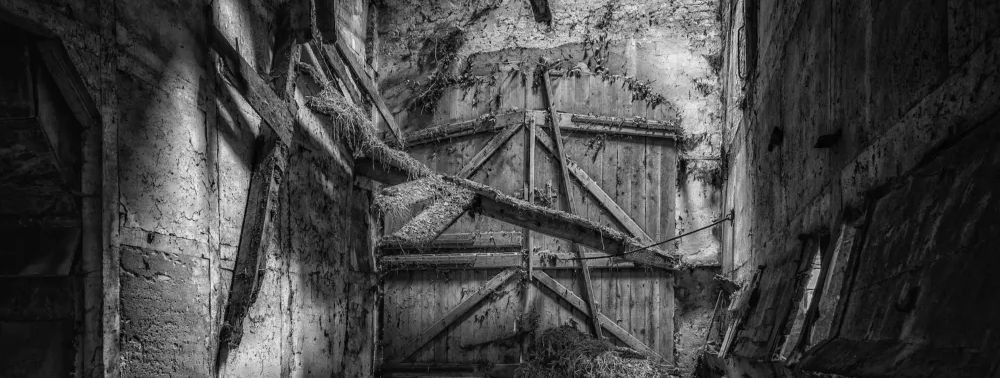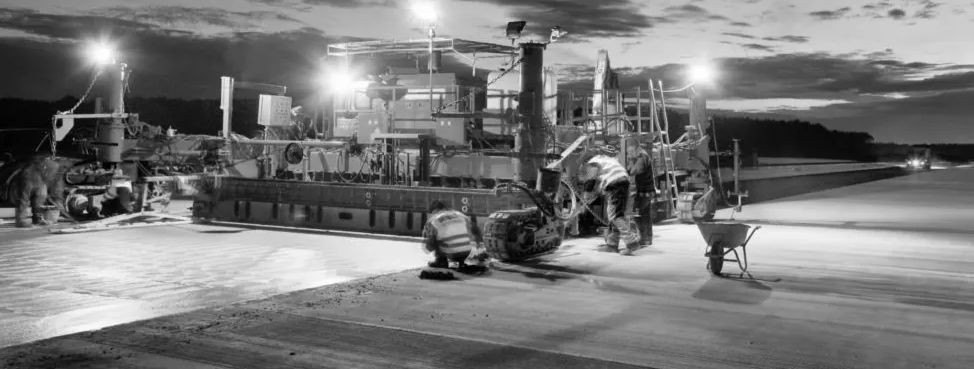The art of preserving historic buildings
Historic buildings are tangible links to our past, serving as physical embodiments of cultural heritage and architectural innovation. They contribute to the identity of communities and provide educational opportunities for future generations. Preserving these structures is not merely about maintaining bricks and mortar; it's about retaining the soul of our cities and towns.
Preserving historic buildings presents a unique set of challenges. These include the delicate nature of aged structures, the need for specialized craftsmanship, and the complexities of modern building codes and regulations. Balancing historical integrity with contemporary needs is a delicate dance that requires expertise and sensitivity.
The Process of Preserving Historic Structures
The first step in any preservation project is a thorough assessment of the building's condition. This involves detailed documentation of its architectural features, historical significance, and structural integrity. Such assessments inform the scope of preservation efforts and are critical for planning.
Preservation projects must navigate a labyrinth of local, state, and federal regulations. This includes compliance with historic district guidelines, building codes, and sometimes international standards. Strategic planning is essential to align the preservation goals with these regulatory frameworks.
Selecting appropriate materials and techniques is crucial for the longevity of preservation work. This involves sourcing historically accurate materials and employing traditional craftsmanship methods, while sometimes integrating modern technology to ensure durability.
The actual work of preservation must be carried out with precision and care. This often involves a team of specialists, including historians, architects, and skilled tradespeople, all working together to restore and protect the building's historical essence.
Technological Innovations in Preservation
Advancements in diagnostic technologies, such as 3D scanning and infrared imaging, have revolutionized the way we assess historic buildings. These tools allow for non-invasive analysis of structures, aiding in the detection of hidden issues and the planning of interventions.
Innovative preservation techniques and materials are being developed to address the specific needs of historic buildings. These include breathable masonry treatments and reversible interventions that ensure future generations can also engage in preservation.
Post-restoration, monitoring technologies play a vital role in the ongoing maintenance of historic buildings. Smart sensors and climate control systems help in the early detection of potential problems, ensuring that the building remains preserved for years to come.
Sustainability in Historic Preservation
Integrating energy efficiency into historic buildings is a complex task that requires a balance between preserving original features and upgrading to sustainable technologies. This can involve specialized insulation techniques, window treatments, and HVAC systems designed for minimal visual impact.
Adaptive reuse is a sustainable approach to preservation that involves repurposing buildings for new uses. This not only saves structures from demolition but also breathes new life into them, often becoming catalysts for urban revitalization.
Preservation projects can generate significant waste, making it essential to incorporate recycling and waste reduction practices. Salvaging materials not only retains historical authenticity but also reduces the environmental footprint of preservation efforts.
Financial and Legal Considerations
Securing funding is a critical aspect of any preservation project. Various grants, tax incentives, and funding programs are available to support the preservation of historic buildings. Understanding and accessing these resources is key to the viability of preservation efforts.
Navigating the complex web of zoning and historic district regulations is a daunting task for many preservation projects. Expertise in these areas is essential to ensure that restoration efforts are both legally compliant and historically respectful.
Looking to preserve the grandeur of Europe's historic buildings? Contact USUS OÜ for expert guidance and sustainable preservation solutions.





Comments (0)